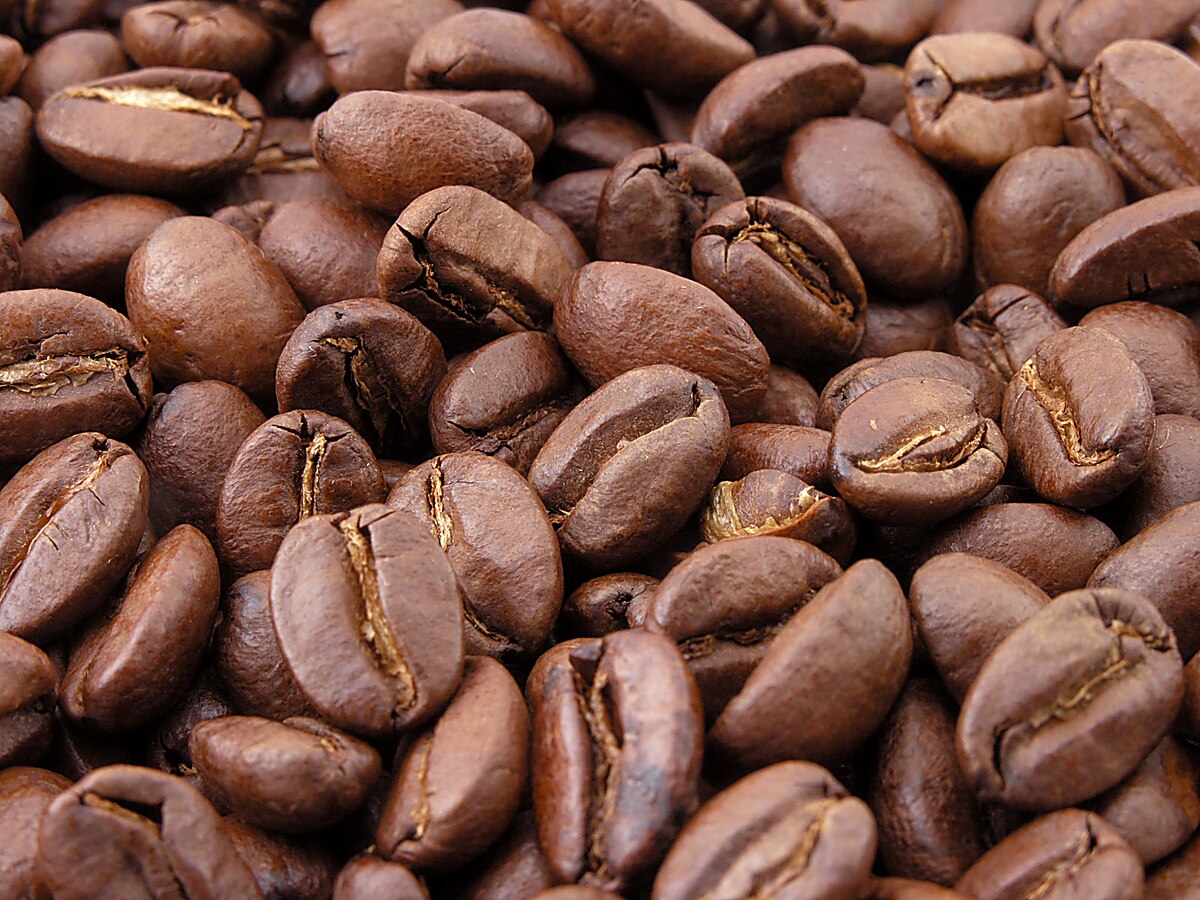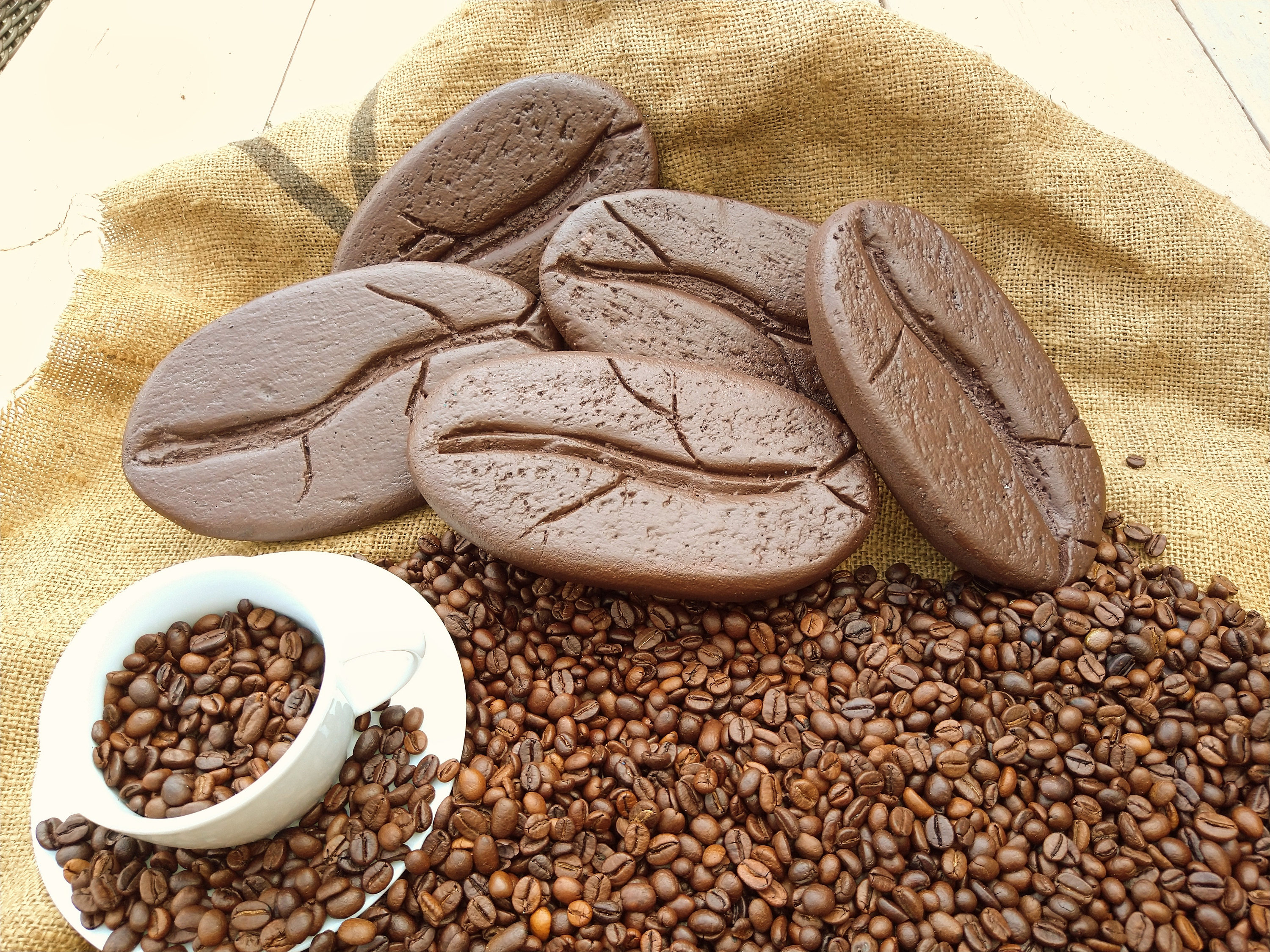Explore the Rich Flavor Profile of SOE Single Origin Espresso Today
Explore the Rich Flavor Profile of SOE Single Origin Espresso Today
Blog Article
Discovering the Rich Tastes of Coffee Beans: a Deep Study Espresso and Blended Coffee Beans
When you explore the rich tastes of coffee beans, you uncover a complex world where each variety brings its own character to your cup. Recognizing the origins, refining methods, and roasting strategies can change your coffee experience. As you browse with the art of espresso and the imagination behind mixed coffees, you'll begin to value the subtleties that make each sip special. What you'll find next might transform the method you enjoy your morning mixture.
The Origins of Coffee Beans: Exploring Terroir and Flavor Profiles
When you take a sip of coffee, you're not simply delighting in a drink; you're experiencing an abundant tapestry of flavors shaped by the beans' beginnings. Each region creates unique flavor accounts affected by elevation, soil, and environment. Beans from Ethiopia commonly rupture with intense, fruity notes, while those from Colombia tend to offer a balanced, nutty sweetness.As you check out various origins, you'll observe how terroir-- the ecological aspects influencing a crop-- plays a vital function. The same coffee range can taste drastically different relying on where it's grown.When you think about these aspects, you begin to value the complexity behind your cup. Each sip informs a tale of the land and the farmers who nurtured the beans. Next time you indulge, believe regarding the journey your coffee took prior to it reached your hands, and enjoy those intricate flavors that reflect its beginning.
Understanding Espresso: The Art and Scientific Research Behind the Brew
It's not simply regarding the strong flavor; it's likewise regarding the strategies that bring it to life when you think about coffee. Recognizing just how various preparation methods effect taste can transform your brewing experience. Allow's check out the details of coffee prep work and uncover the special taste profiles that make each mug unique.
Coffee Prep Work Techniques
Coffee preparation is both an art and a scientific research, incorporating accurate strategies with a deep understanding of coffee. To start, you'll desire to pick high-grade, freshly roasted beans and grind them carefully for suitable extraction. The grind dimension is important; as well rugged, and your coffee will certainly be weak, too fine, and it'll be bitter.Next, tamp the premises equally in the portafilter to assure uniform removal. When you lock it right into the machine, goal for a developing temperature level between 190 ° F and 205 ° F.As you draw the shot, watch for the best extraction time-- around 25-30 secs. The result should be an abundant, luscious coffee with a lovely layer of crema on top - SOE. With practice, you'll grasp these methods
Flavor Profiles Discussed
The world of espresso uses an abundant tapestry of taste accounts that can elevate your coffee experience. You'll discover a balance of sweet taste, acidity, and resentment when you take that first sip. Each espresso bean brings special notes, from fruity and floral to nutty and chocolaty. Light roasts commonly showcase bright acidity and vivid flavors, while dark roasts present much deeper, bolder tones.Understanding these accounts aids you select the right espresso for your taste buds. Trying out various blends can reveal unusual combinations. As an example, a well-crafted blend might integrate the bright notes of an Ethiopian bean with the rich, chocolatey touches of a Brazilian bean. Welcome the trip of uncovering coffee's diverse tastes, and you'll change your coffee ritual right into an exciting adventure.
Processing Methods: How They Impact Flavor and Fragrance
While it may seem that the beginning of coffee beans is the most considerable factor in identifying their flavor and fragrance, the handling techniques used post-harvest play a just as important function. You'll find that these approaches can significantly change the final preference profile of your cup.For circumstances, the washed process removes the fruit from the beans before fermentation, typically bring about a cleaner, brighter taste. The natural process leaves the fruit undamaged throughout drying, resulting in a sweeter, fruitier profile.Other methods, like honey processing, strike a balance, allowing some fruit mucilage to remain, giving a special complexity.Each processing method engages with the beans' intrinsic characteristics, boosting or muting specific tastes and scents. So, when you sip that espresso or mixed coffee, keep in mind that the journey from cherry to cup is influenced not just by beginning but likewise by just how those beans were processed.

Toasting Techniques: Opening the Complete Potential of Coffee Beans
Toasting methods are crucial for disclosing the full capacity of coffee beans, as they transform raw, eco-friendly beans right into the aromatic, delicious coffee you enjoy. The choice of roasting approach-- light, tool, or dark-- significantly affects flavor accounts. Light roasts protect the beans' all-natural level of acidity and fruity notes, while medium roasts equilibrium sweetness and richness. Dark roasts, on the various other hand, stress vibrant, smoky flavors.You can try out toasting times and temperature levels to find your ideal brew. A slower roast at reduced temperature levels allows for intricate tastes to establish, while a quicker roast can escalate resentment. Pay interest to the cracks during toasting; the very first fracture indicates a light roast, while the 2nd crack signals a dark roast - SOE. By understanding these methods, you'll reveal a globe of flavor, elevating your coffee experience to new elevations. Enjoy every sip, understanding the treatment that went into your cup!
The Magic of Blended Coffee: Producing Special Flavor Experiences
Creating a distinct flavor experience with blended coffee can transform your morning ritual into an exploration of preference. By integrating various beans from numerous regions, you can reveal a symphony of tastes that raise your cup to new elevations. Each mix offers a distinctive account, stabilizing body, level of acidity, and sweetness to create something absolutely special.When you choose a blend, you're not simply choosing a coffee; you're choosing a trip throughout varied landscapes and societies. Trying out different combinations allows you to find your personal faves, whether you enjoy fruity notes or rich, chocolatey undertones.Blended coffee also provides you the versatility to readjust the brew to match your state of mind. You might crave a light-bodied blend someday and a vibrant, dark roast the next. Embrace the magic of blending and allow each mug shock your palate, making every sip a fascinating journey.
Tasting Notes: Recognizing the Nuances in Your Mug
As you sip your coffee, you may see a spectrum of flavors dancing on your taste buds, each exposing the complexities of the beans. You may taste the brilliant level of acidity evocative citrus or the deep, abundant notes comparable to dark delicious chocolate. The sweetness could evoke honey or sugar, stabilizing the general profile beautifully.Pay interest to the body of the coffee-- does it feel light and airy, or is it full and creamy? The finish, also, uses hints; a remaining aftertaste might hint at nuttiness or flower undertones.Don' t neglect to check out the distinct features of various beginnings, as each area imparts distinctive flavors. For example, Ethiopian coffees usually existing fruity notes, while Colombian beans may look at here now display an extra rounded sweetness. By recognizing these subtleties, you'll grow your appreciation for each and every cup, boosting your coffee experience to new elevations.

Brewing Techniques: Optimizing Flavor Removal for each Bean
You'll find that each technique can dramatically affect the taste account of your coffee when you explore the numerous developing approaches. From French press to pour-over, each approach removes different substances, improving or silencing certain notes. For instance, making use of a French press enables oils to stay in the brew, creating a richer taste, while pour-over emphasizes clearness and brightness.Temperature and grind dimension likewise play important functions. A coarser work works best for chilly mixtures, while a fine work is perfect for coffee. Trying out water temperature-- between 195 ° F and 205 ° F-- can reveal covert flavors, too.Don' t ignore soaking time; a quick removal can result in sour notes, while over-extraction may produce bitterness. By readjusting these variables, you can make best use of flavor removal and genuinely boost your coffee experience. Delight in the trip of uncovering what method ideal suits your palate!
Regularly Asked Concerns
What Is the Perfect Water Temperature Level for Brewing Coffee?
The optimal water temperature for brewing coffee's in between 195 ° F and 205 ° F. If you utilize water that's also warm, you'll over-extract tastes; as well chilly, and you will not remove sufficient. Goal for that sweet area for the finest mixture!
Just How Does Work Dimension Influence Coffee Flavor?
Grind dimension considerably impacts coffee taste. Better grinds essence more tastes and oils, causing a bolder taste, while coarser grinds click to read yield a lighter flavor. Adjusting grind dimension aids you accomplish your desired coffee profile.
Exist Wellness Advantages Related To Alcohol Consumption Coffee?
Yes, consuming alcohol coffee can offer wellness advantages. It might boost cognitive feature, increase metabolism, and lower the threat of specific conditions. Just bear in mind to enjoy it in moderation to profit without negative results.

What Is the Difference In Between Arabica and Robusta Beans?
Arabica beans are smoother and sweeter, typically featuring fruity flavors, while robusta beans are more powerful with a bitter taste and higher high levels of caffeine content. You'll observe these differences in scent and developing experience.
How Can I Shop Coffee Beans for Freshness?
To keep coffee beans for freshness, maintain them in an impermeable container, away from light, wetness, and warmth. You'll maintain their taste much longer if you only grind what you require right prior to brewing. When you discover the abundant flavors of coffee beans, you uncover a complex globe where each selection brings its own personality to your cup. When you take a sip of coffee, you're not simply delighting in a beverage; you're experiencing a rich tapestry of tastes shaped by the beans' origins. While it may appear that the beginning of coffee beans is the most significant element in establishing their taste and scent, the processing approaches made use of post-harvest play a just as essential function. Toasting techniques are crucial for disclosing the complete capacity of coffee beans, as they change raw, green beans into the fragrant, savory coffee you take pleasure in. As you sip your coffee, you may see a range of tastes dancing on your taste buds, his response each exposing the complexities of the beans.
Report this page